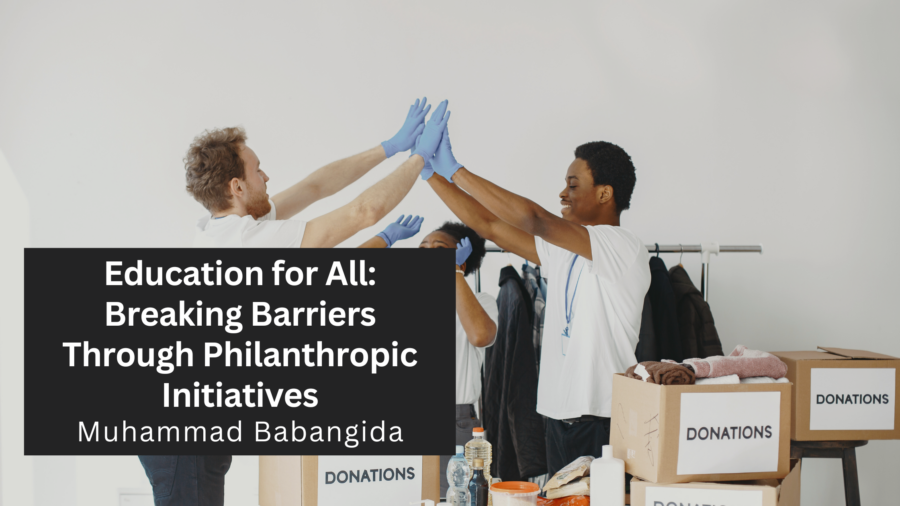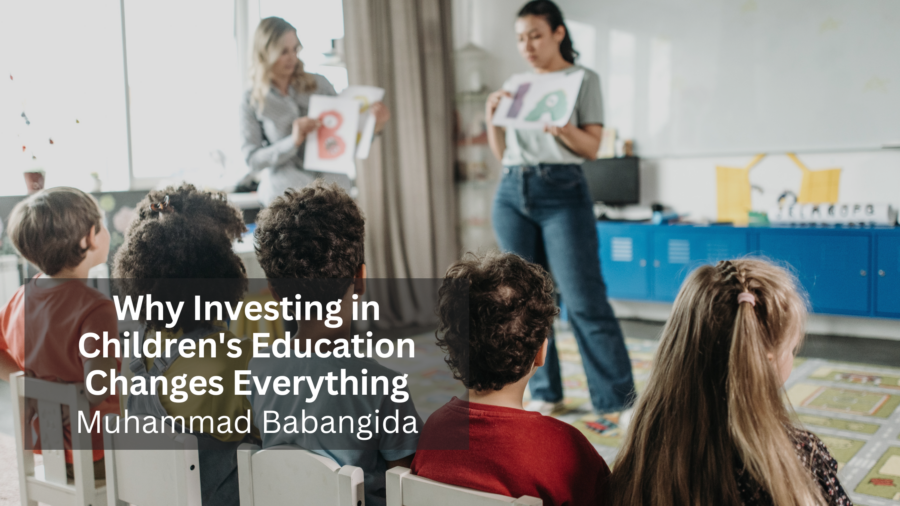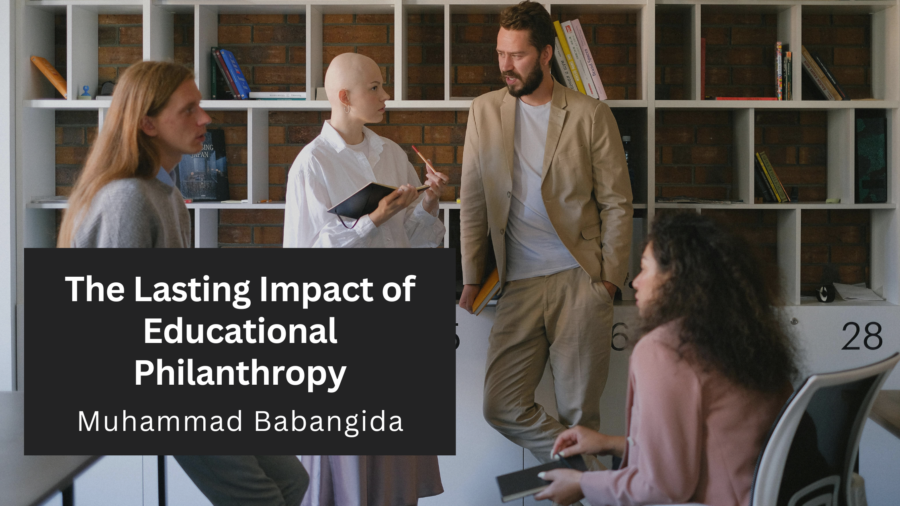Education is one of the most powerful tools for breaking the cycle of poverty and fostering equality. Yet, despite its transformative potential, millions of children and adults around the world still lack access to quality education due to financial constraints, geographical isolation, gender inequality, and other barriers. Philanthropy plays a crucial role in dismantling these obstacles and creating opportunities for education that can change lives. Through targeted philanthropic initiatives, individuals and organizations can help ensure that education is accessible to everyone, regardless of their background or circumstances.
1. Providing Financial Support to Underfunded Schools
One of the primary barriers to education is the lack of funding for schools in low-income communities. Many public schools, particularly in developing countries or underserved regions, struggle to provide basic resources such as textbooks, technology, and qualified teachers. Philanthropic donations can help bridge this gap by providing financial support to these institutions. By funding scholarships, purchasing learning materials, and supporting infrastructure development, philanthropic efforts can help improve the quality of education for students who might otherwise be left behind.
2. Creating Scholarship Programs for Disadvantaged Students
Philanthropy can make education accessible to students who would otherwise be unable to afford tuition fees. Through scholarships and grants, philanthropists can provide financial assistance to talented students from disadvantaged backgrounds, enabling them to pursue higher education and realize their full potential. This is especially important for students from marginalized communities, such as girls, rural dwellers, and refugees, who often face systemic challenges in accessing education. By funding scholarships, philanthropists empower these students to overcome financial barriers and unlock opportunities that would otherwise be out of reach.
3. Supporting Technology and E-Learning Initiatives
In today’s digital age, access to technology is vital for education. However, many students in remote areas lack the necessary tools and infrastructure to engage in e-learning or digital education. Philanthropic initiatives that focus on providing access to technology—such as distributing laptops, tablets, or funding internet access—can drastically improve educational opportunities. These initiatives can help connect students to online learning resources, virtual classrooms, and global knowledge networks, enabling them to gain skills that are crucial for the future job market.
4. Empowering Teachers and Educators
Education is not just about providing students with resources; it’s also about ensuring that educators have the training, tools, and support they need to succeed. Philanthropy can play a significant role in improving teacher training and professional development. By funding teacher training programs, providing educational resources, and supporting ongoing mentorship, philanthropists help enhance the quality of instruction in classrooms. Well-trained teachers are essential to creating a positive learning environment that fosters student success and long-term achievement.
5. Breaking Down Gender and Cultural Barriers
In many parts of the world, cultural norms and gender biases prevent children—especially girls—from attending school. Philanthropic initiatives can help break these barriers by supporting campaigns that promote gender equality in education and challenge cultural norms that restrict access to education for specific groups. By funding programs that support girls’ education, provide gender-sensitive teaching materials, or promote awareness about the importance of education for all children, philanthropy helps shift mindsets and encourages greater inclusivity.
Conclusion
Education is a fundamental human right, yet millions around the world continue to face barriers to accessing it. Through philanthropic initiatives, we can break down these barriers and ensure that education is accessible to all. By providing financial support, creating scholarship opportunities, supporting technology and teacher training, and promoting gender and cultural equality, philanthropists play a pivotal role in shaping a more inclusive, equitable, and educated world. Education for all is not just an ideal—it’s a necessity, and with the power of philanthropy, we can make it a reality for every child, everywhere.





